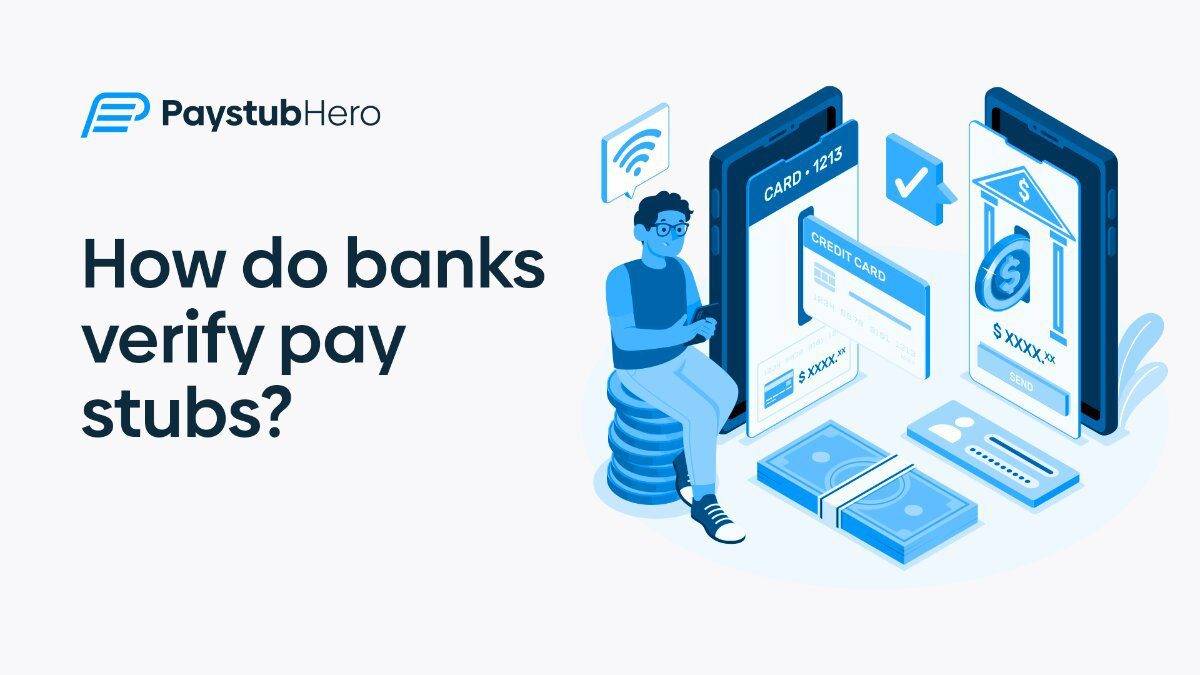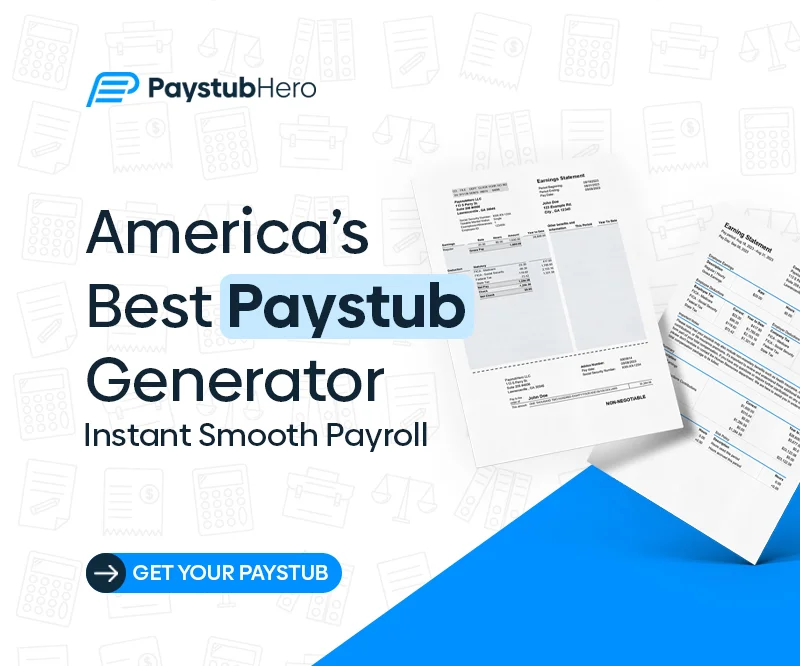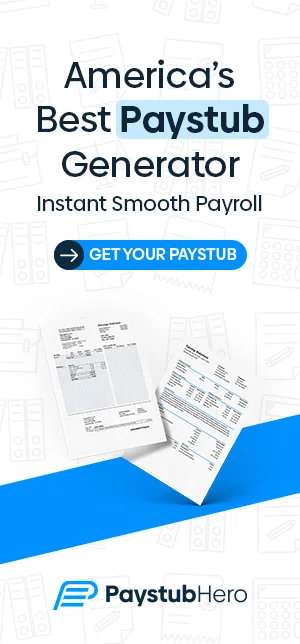Banks verify your paystubs through a multi-step process, including cross-referencing with other documents and potentially using third-party verification services.
Additionally, they may look for inconsistencies within the paystub itself.
This article will explain the various methods banks use to verify paystubs and how you can ensure your documents are accurate and up-to-date.
Why Do Banks Verify Income?
Banks verify your income for a few key reasons, aiming to ensure a smooth and responsible financial experience for you and the bank.
Here are some important points:
• Assessing Repayment Ability:
Loans are essentially bets by banks that you’ll be able to pay them back with interest. Verifying your income through paystubs, tax returns, or bank statements helps assess your ability to make those monthly payments.
This helps them determine a suitable loan amount with monthly instalments (EMIs) that fit comfortably within your budget.
• Mitigating Fraud Risk:
Unfortunately, not everyone is honest. Income verification helps weed out fraudulent loan applications. A report by Alloy found that financial institutions lose billions of dollars annually to fraud.
In fact, 70% of financial institutions lost over $500K to fraud in 2022. Therefore, verifying income is essential in identifying any fraudulent applications.
For instance, if someone claims a high income to qualify for a large loan but the verification shows otherwise, it raises red flags for the bank.
• Determining Loan Terms:
Beyond just approving or rejecting a loan application, income verification helps banks determine the specific terms offered. Factors like interest rates and loan duration often depend on how stable your income is and your overall financial health.
A higher and steady income might qualify you for a lower interest rate or a longer loan term, making the repayment process more manageable.
• Protecting You Too:
Verifying income isn’t just about protecting the bank; it’s about protecting you as well. Responsible lenders won’t approve a loan that would leave you struggling financially.
By assessing your income, they can ensure the loan amount stays within a manageable range, preventing you from getting in over your head.
How Do Banks Verify Pay Stubs?
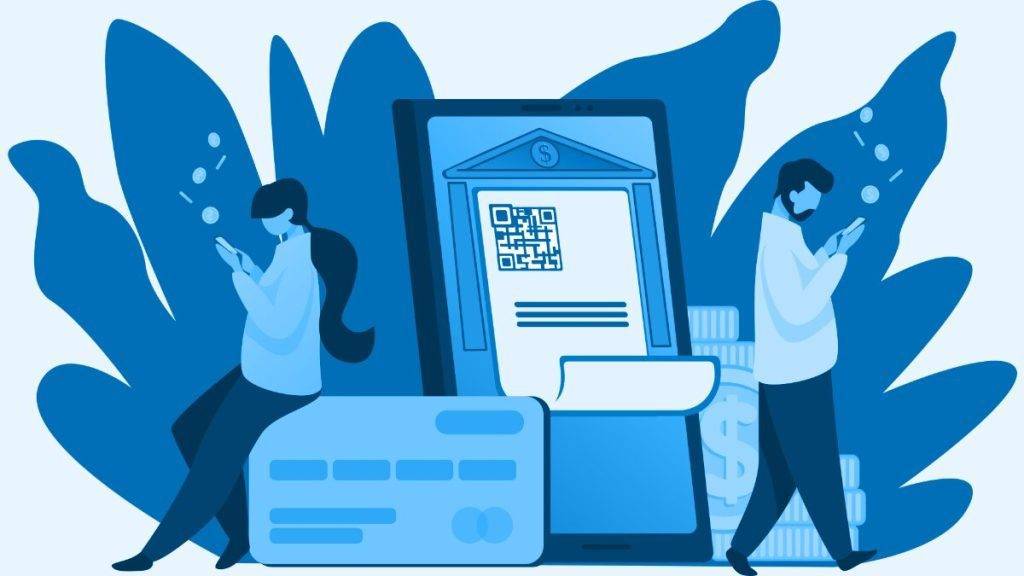
As seen above, banks have several ways of verifying paystubs. Here are these ways explained in detail.
1. Cross-Referencing With Other Documents
Cross-referencing involves banks comparing the information from your pay stub with other documents you provide. They do this to ensure everything matches up.
Here’s how it works:
Banks typically check your pay stub alongside the following:
• Bank Statements: They compare the income on your pay stub with the deposits on your bank statements to confirm the amounts.
• Tax Forms (W-2): This form summarizes your annual earnings and withholdings. Banks use it to verify that your total income on the pay stub matches your W-2.
What They Look For:
When cross-referencing, banks look for any inconsistencies. For example, they might check for:
• Matching Numbers: Does your gross pay on the pay stub match what gets deposited in your bank account?
• Matching Employer Info: Does the employer name and address on the pay stub match the information you provided?
• Reasonable Amounts: Are the salary and deductions on the pay stub realistic for your job title and location?
By comparing these documents, banks can better understand your income and spot potential errors or red flags.
Here is a sample scenario
Let’s say you submit a pay stub showing a monthly salary of $5,000. The bank will then look at your bank statement for the same month. If the deposit amount matches $5,000, it’s a good sign.
They might also check your W-2 to see if your total year-to-date earnings align with the pay stubs. This cross-referencing helps ensure your income is accurate and supports your loan application.
2. Contacting Employers (for some cases)
While cross-referencing documents is a common approach, banks might also take a more direct route in certain situations: contacting your employer.
This acts as a double verification to confirm your employment and income details.
Here are some cases where a bank might contact your employer:
• New Employer/Job:
If you’re relatively new to your job (maybe a few months), the bank might want to confirm your employment and income directly with your employer’s HR department.
This helps ensure the information on your pay stub is accurate, especially if you haven’t had a chance to build a strong history of deposits yet.
• Large Loan Amounts:
When applying for a significant loan, like a mortgage, banks might take extra caution and contact your employer to verify your income.
This additional step helps them assess your ability to repay the loan in the long run.
• Inconsistencies in Documents:
The bank might contact your employer to clarify the details if there are inconsistencies during the cross-referencing stage (e.g., mismatched amounts, unclear employer information).
3. Use of Online Verification Tools
Banks increasingly rely on online verification tools to check the accuracy of pay stubs. One such tool is Snappt, which validates pay stubs submitted by customers.
How do they work?
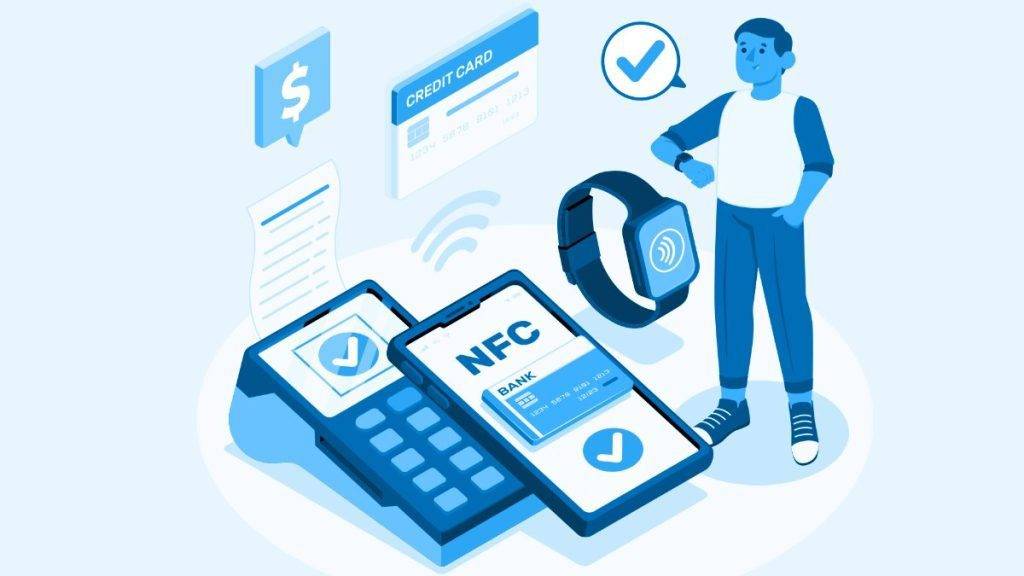
Banks upload the pay stub to the verification tool, which carefully checks it for any signs of tampering or mistakes. The tool uses algorithms to spot issues like changed numbers, mismatched fonts, and unusual formatting.
It also ensures the numbers add up correctly and that the gross pay, deductions, and net pay make sense.
Also Read: Dealing with Snappt: A Renter’s Guide
4. Checking Pay Stubs Closely
Even without fancy online tools, banks have trained eyes to spot irregularities on your pay stub. They closely examine the document for any red flags that might indicate something’s wrong.
Here’s what they look for:
• Rounded Numbers:
Your salary or deductions shouldn’t be exact round numbers like $10,000. Actual pay often includes cents and reflects hourly wages or overtime.
Perfectly round numbers might raise a red flag.
• Missing Information:
A complete pay stub should include key details like your employer’s name and address, pay period dates, gross pay, deductions (taxes, insurance, etc.), and net pay (what you take home).
Missing information makes the document suspicious.
• Formatting Inconsistencies:
A legitimate pay stub should have a consistent format. Banks look out for mismatched fonts, strange spacing, or uneven alignment. Professionals create pay stubs with a uniform look.
Inconsistent formatting could suggest a fake document cobbled together.
Interesting Read: How to Spot a Fake ADP Pay Stub: Your Comprehensive Guide
Generate Accurate Paystubs by Paystub Hero!
Want to ensure that your pay stubs are accurate and pass bank verification easily? Use Paystub Hero to create professional, reliable pay stubs that meet all verification standards.
Don’t risk delays or rejections on your loan applications—get started with Paystub Hero today and generate accurate paystubs quickly and easily!
FAQs
Here are the questions most commonly asked about how banks verify pay stubs.
How are fake pay stubs detected?
Fake pay stubs are typically detected through verification with employers, cross-referencing with bank statements, and identifying inconsistencies in formatting or information.
How do banks verify documents?
Banks check documents by comparing them with other records. They might also look at pay stubs and bank statements or contact your employer to ensure everything is correct.
How do banks verify transactions?
Banks check transactions by closely monitoring account activity. They confirm who’s involved, check details against what they know about you, and use systems to spot anything unusual.
How do banks verify written checks?
Banks check written checks by making sure the signature matches your records. They also check whether you have enough money in your account and look for problems like stop orders or fraud warnings.
